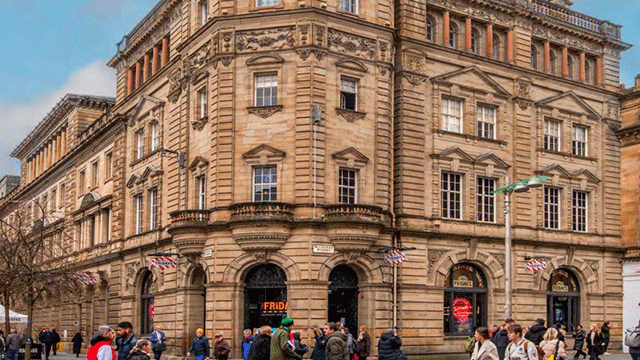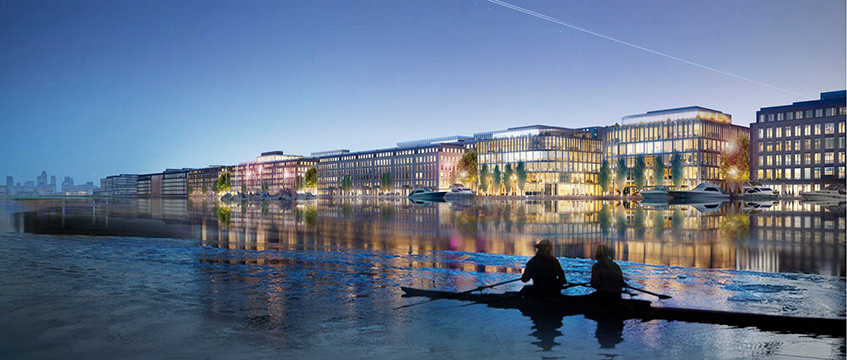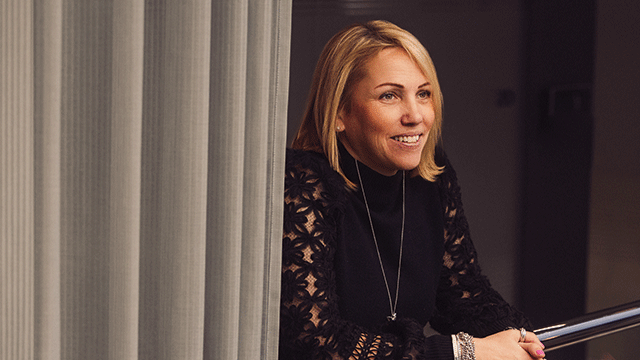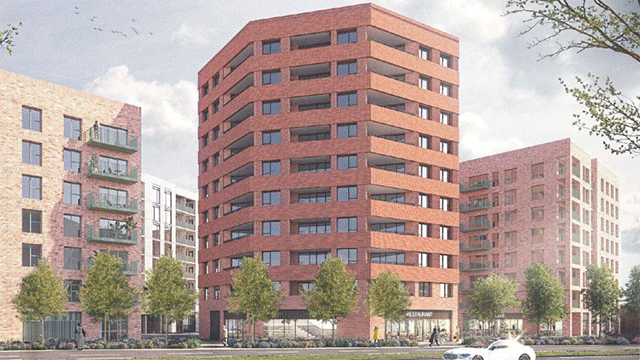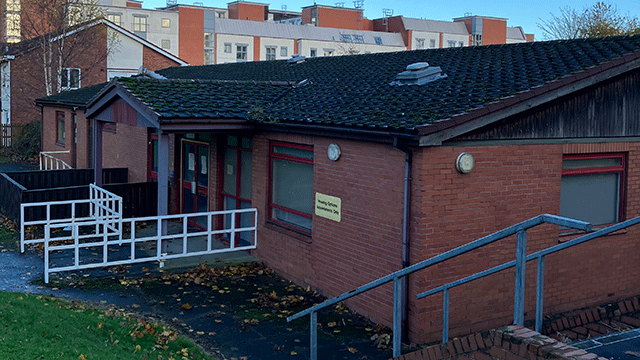High rents and a shortage of office space in central London and the West End are likely to see the race to east London gathering pace in the commercial sector. In addition, forecasts show London’s population will increase by 16% in the next few years, accelerating the demand for development in the east of the city, writes Neil Robinson, director of global communications at ABP.
Within this framework exciting times lie ahead for the Royal Docks. Mayor of London Sadiq Khan has pulled together a task force to energise the redevelopment of the final parts of the Royal Docks jigsaw and more than £380m of investment is promised to be spent on infrastructure, employment programmes and cultural activities in the area in the next few years.
Construction work has begun at Royal Albert Dock on London’s third business district – after the City and Canary Wharf. The £1.7bn ABP Royal Albert Dock project is a mixed-use development comprising more than 70% office buildings with supporting residential and retail across the 35-acre site. Many of the office buildings range in size from 17,000 sq ft to 28,000 sq ft – a rare find, particularly in this part of London, and giving an opportunity for medium-sized companies to occupy an entire building. The first phase will be ready by early 2019.
Regeneration
London’s love of revitalising its old docks is well charted and a brilliant example of first-class urban regeneration.
When the St Katharine Docks redevelopment began in the 1970s there was some scepticism. It is hard to imagine now that plans to nudge classy London eastwards along the river was considered by some to be a risky endeavour, as Tower Bridge was thought back then to be too far from town. But London’s roll-out continued apace, with Limehouse reshaped into a fashionable hang-out, boasting a Gordon Ramsey gastropub as well as the famous Grapes – once frequented by Charles Dickens and now under the stewardship of actor Sir Ian McKellen.
But it was the development of Canary Wharf that helped to transform the fortunes of London and underlined the strategy that London should expand eastwards. Despite the fact that its early days were troubled by uncertainty in the commercial property market, it has flourished and today is the hub for North American banking giants and connected financial services companies. The investors back in the early 1990s must wish they had kept faith with the project and recognised that Docklands represented a continuing success story.
Now, all the factors are in place to see the Royal Docks become one of the hottest destinations in the capital.
The area already has its own airport – London City Airport has direct flights to more than 40 business cities across Europe, as well as daily flights to New York via Shannon in Ireland, and work is set to get under way on an expansion programme that will see it adding Dubai, Moscow and Mumbai to its regular schedule. Add to that the tens of thousands of visitors travelling from across the globe every year to attend the wide spectrum of high-profile events at the ExCel International Exhibition Centre and the Royal Docks can confidently declare itself one of the capital’s most international locations. Crossrail opens here in 2018, slashing journey times across London. And there are already 11 DLR stations running through the Royals, a good road network linking to the M11 – making Cambridge achievable in under an hour – plus the only cable car service spanning the Thames, linking Royal Victoria Dock to the 02 arena.
Pipeline
The Royal Docks has the feel of a mature destination. However there are new and exciting developments to come. New apartment buildings are rising in Royal Victoria and a further 3,500 homes are in the pipeline at Silvertown.
Hindsight is a wonderful thing. Looking back over the past 30 years, the success of London’s Docklands is obvious.
Foresight is a gift. Investors with an eye to the future may look at the Royal Docks and recognise that it has potential that will be realised.





